The Soul of a Man
NOVEMBER 18, 2010
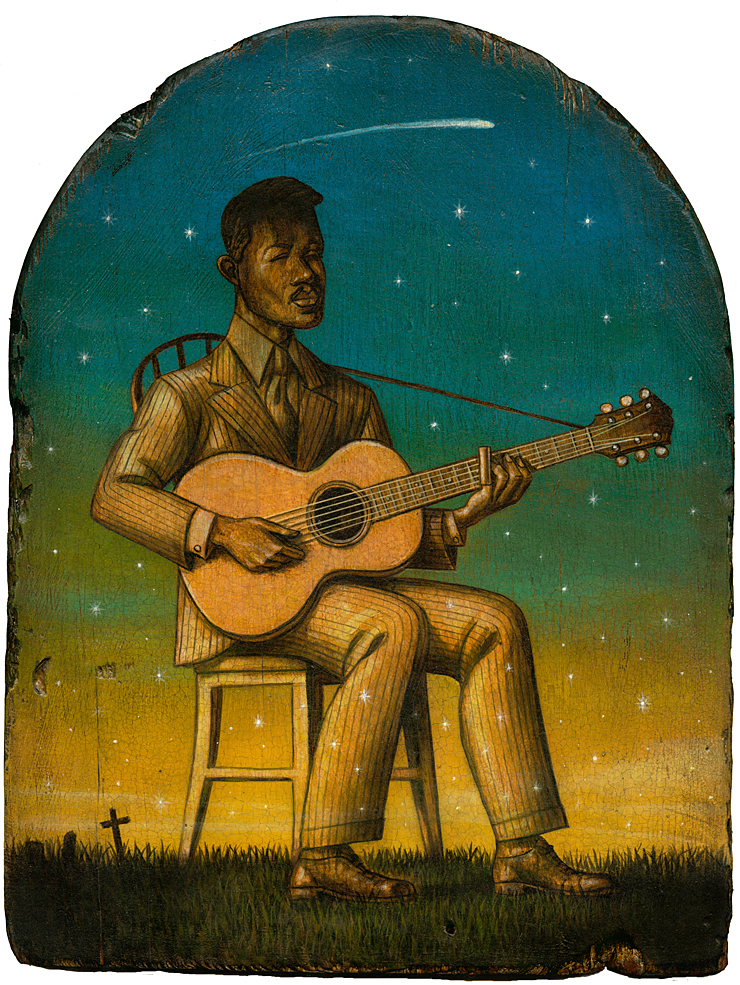
A few weeks ago, I got an email from the folks at Texas Monthly to see if I might be interested in doing a portrait of Blind Willie Johnson for their upcoming December issue; they didn't have much more to provide than that initially, but of course I was game—my kind of subject matter. Shortly thereafter I got some more details on the story, and then the rough draft of the article, and as I read it I realized this was more than a straightforward portrait: it was the unravelling of a mystery surrounding a man we still know remarkably little about, and the efforts of a few young fans to shed light on his talent and background.

The final spread
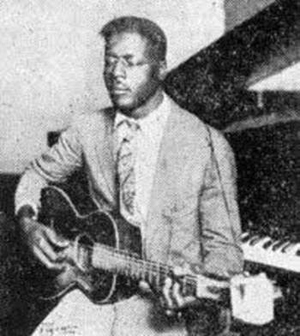
The gravesite itself became the main vehicle for my image as I read through the story, and learned of the researchers efforts to locate it somewhere within several plots marked in Beaumont for the Blanchette Cemetery (as you can see from the gallery to the right, I love old cemetery markers). Johnson died in very difficult and impoverished circumstances, and the grounds where he is believed to be buried are now overgrown and largely filled with unmarked graves, with many of the markers that still remain made of wood or deteriorating stone. I began by roughing out some thumbnails using the simple grave marker shape, and the image evolved from there. The murky background of Johnson seemed to lend itself to a ghostly image.

I love the tightrope aspect of this career: never knowing what's going to come at you or where the material might lead you in a solution, and this opportunity turned out to be great fun. TJ Tucker is one of my favorite art directors because he gives me so much freedom; for this project, all I needed to send him was a rough scrawl, and he approved it with only one addition: would I repeat the form on the facing page—turning the full page project into a spread—and carve the typography into the board? It was a perfect solution, and I agreed right away. I did a quick indication of my type approach and sent it off to him, and got the thumbs up to go. Then I put down the phone and thought.... how do I do that?
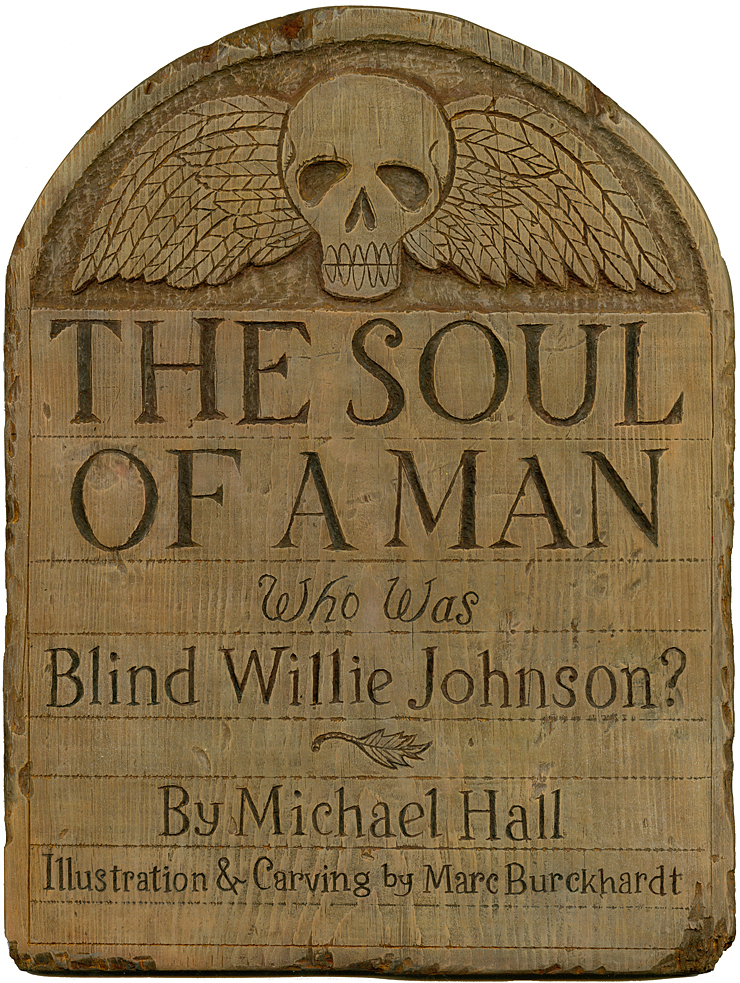
Below are some photos of my shop and the process of creating this piece, which involved some old woodcarving tools and a Dremel, as well as some painting and drybrushing to bring out the lettering and age the surface. My lo-tech woodworking skills fit perfectly with the rough, awkward feel of the gravestones, so perfect lettering wasn't my goal; on that, at least, I succeeded. I've also included some shots from the woodshed behind my home, where I keep piles of old boards for working with. Like my approach itself, it looks a bit disorganized, but I know where I'm going and what I'm looking for.

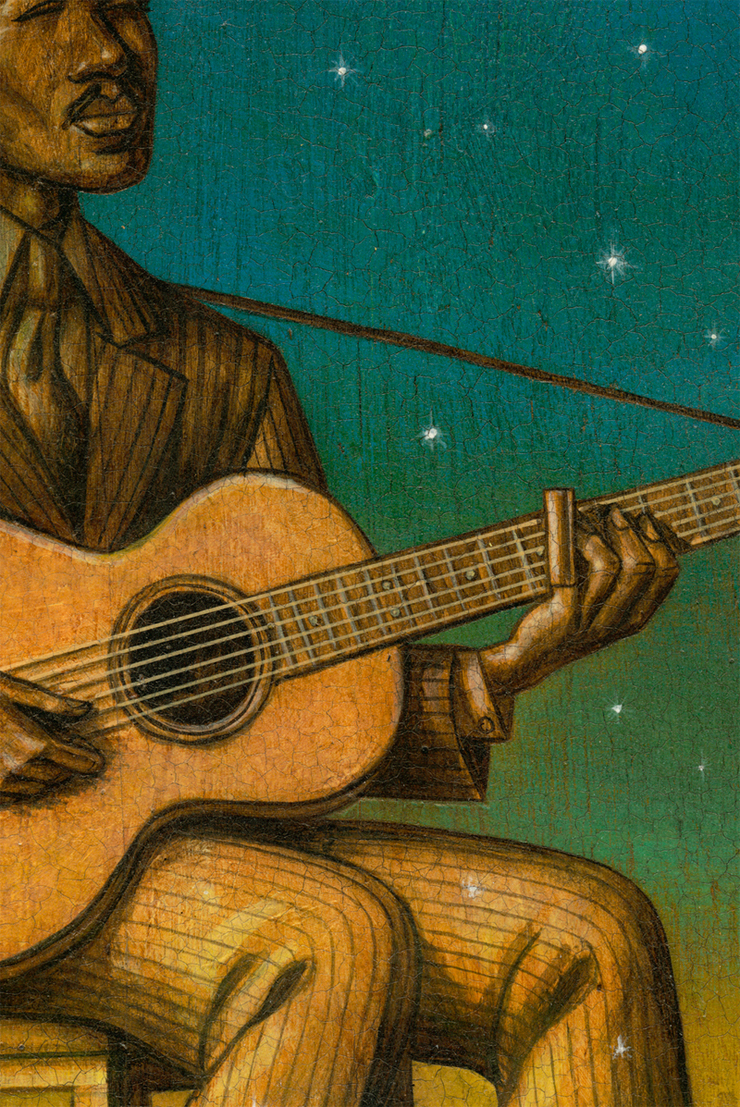
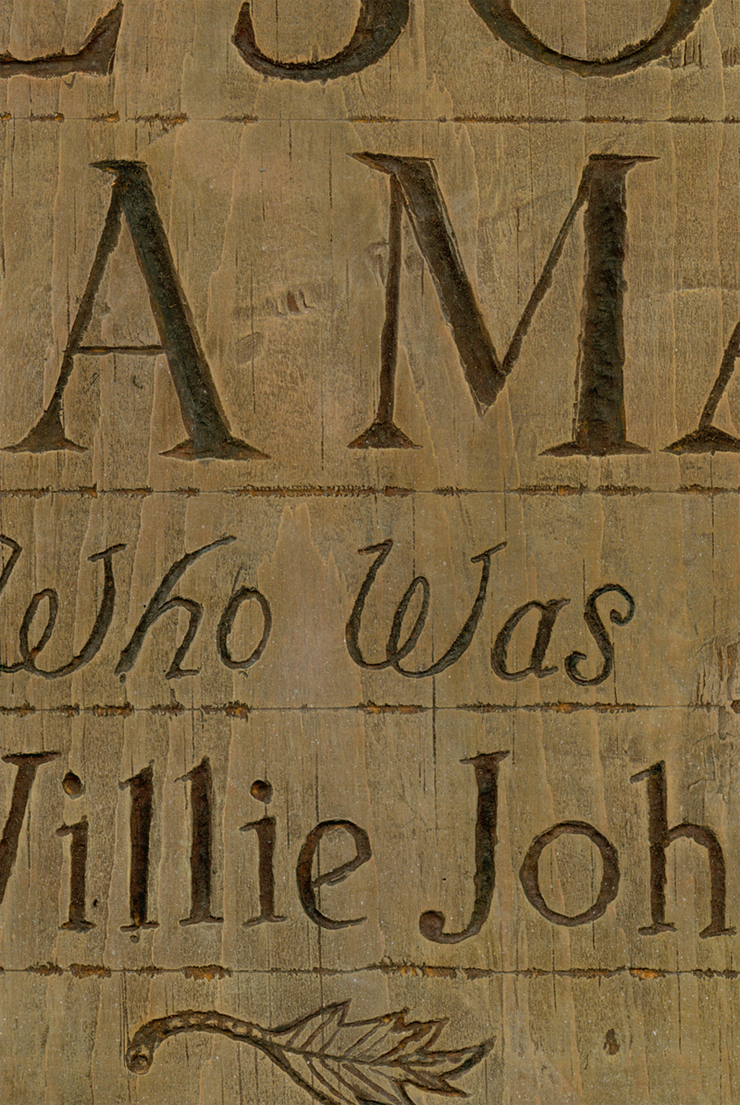
Topical: Music
© 2024 Marc Burckhardt
